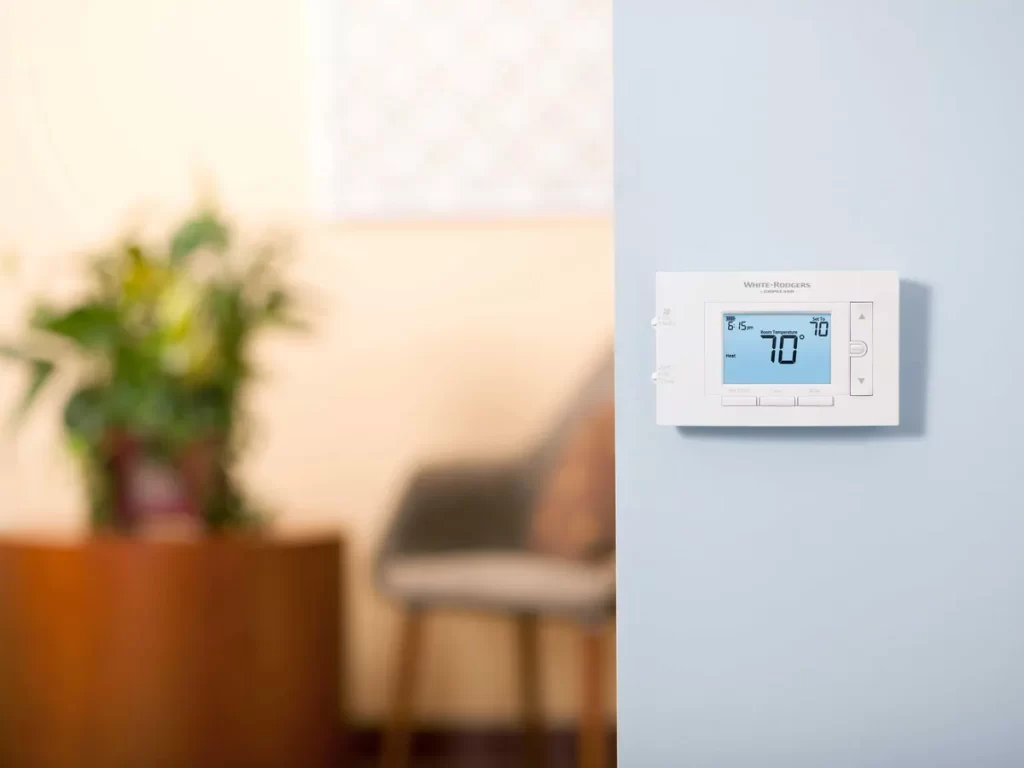
Be a thermostat, not a thermometer – Dr. Martin Luther King, Jr.
The earliest recorded history of the thermostat dates back to 1620 when the Dutch inventor Cornelius Drebbel used mercury to control the temperature in chicken coops.
Later, in 1830, Andrew Ure, a Scottish chemist, patented the first modern thermostat, a bimetallic device that curved with temperature changes. In 1883, Warren S. Johnson developed the first electric room thermostat, which allowed for more convenient room temperature regulations in buildings.
I don’t know about your home, but thermostat battles have loomed large in mine for many years, dating back to when our two daughters lived there. Since then, finding the right setting has been a constant struggle.
My wife and I are empty-nesters, and it is still challenging as we age. The battle of the thermostat continues as our bodies fluctuate between being hot and cold. Depending on the hour, our home may have a nice warm tropical feel; the next, it could be an arctic blast. There’s no rhyme or reason, but the electric company loves us.
In leadership, you constantly struggle with being the thermostat. As a thermostat, you desire to set the pace for yourself and your team. The thermometer reflects the actual temperature. The challenge is getting everyone in their sweet spot of performance.
Mary Kay Ash observed, “The speed of the leader is the speed of the gang,” and this is your challenge as a leader. Is your speed or thermostat setting one that works for your team? Finding the right balance is essential for success. Here are three considerations for you to think through.
When your thermostat and expectations are set too low
If this is ever the case for you as a leader, you will cultivate an underperforming team. Finding and achieving excellence will always be elusive because your thermostat or standard is too low. As such, nothing noteworthy is being accomplished.
When no one within your organization is challenged or inspired by your vision and leadership, morale will be low, turnover will be high, and people who strive to create, grow, and be successful will be on the way out sooner rather than later.
Your people will embrace your leadership, vision, and dreams when they see that you have not set the bar too low and are pursuing them with excellence.
When your thermostat and expectations are too high
As a leader, you must have high expectations and goals. People need to know what they are, their role in meeting them, have accountability measures in place, etc., but as the leader, you also live in the tension between the two.
When expectations are too low, little is accomplished. When expectations are too high, the same could hold true even if the right motivations are present. So, how do you navigate this tension as a leader?
When your expectations and thermostat are optimal
Individual performance in the workplace is optimal when you set and model the thermostat (the pace and flow). Individual team members can adjust their thermostats to meet those expectations when set. They know where the bar is for performance and output.
When this happens, team members can reach and exceed their goals under the best conditions. Productivity can increase, morale can flourish, and it’s happening in an environment that is right for them.
This will challenge you as a leader because it begins with you. You will set the standard others will follow, so strive for optimal performance.
©2025 Doug Dickerson